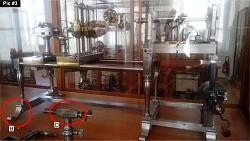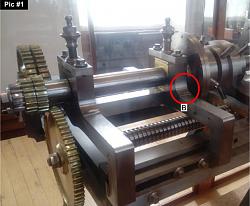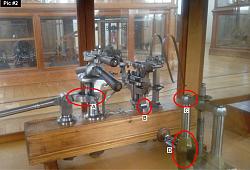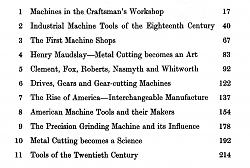I'm always mermerized when I see the machines made in the past, and I wonder how did they made them. In particular how did they made the parts that I've highlighted with red circles? Say the parts tagged A or B, did they made them with a hack saw and a file?? ...sooo precise?
And what about the parts tagged C and D?
(The machine in picture 2 and 3 were made by Vaucanson in 1783. I taken these pictures at the Musee des Art et Metiers in Paris, in 2019.)



 LinkBack URL
LinkBack URL About LinkBacks
About LinkBacks




 Reply With Quote
Reply With Quote




Bookmarks